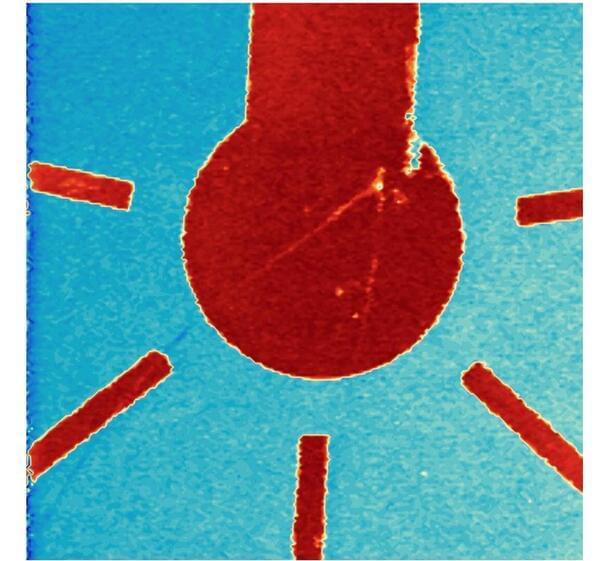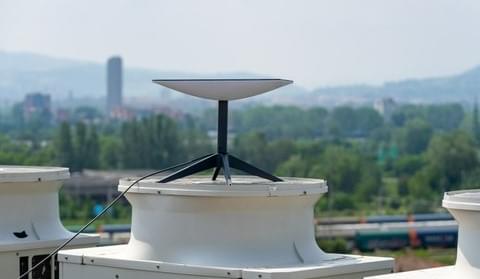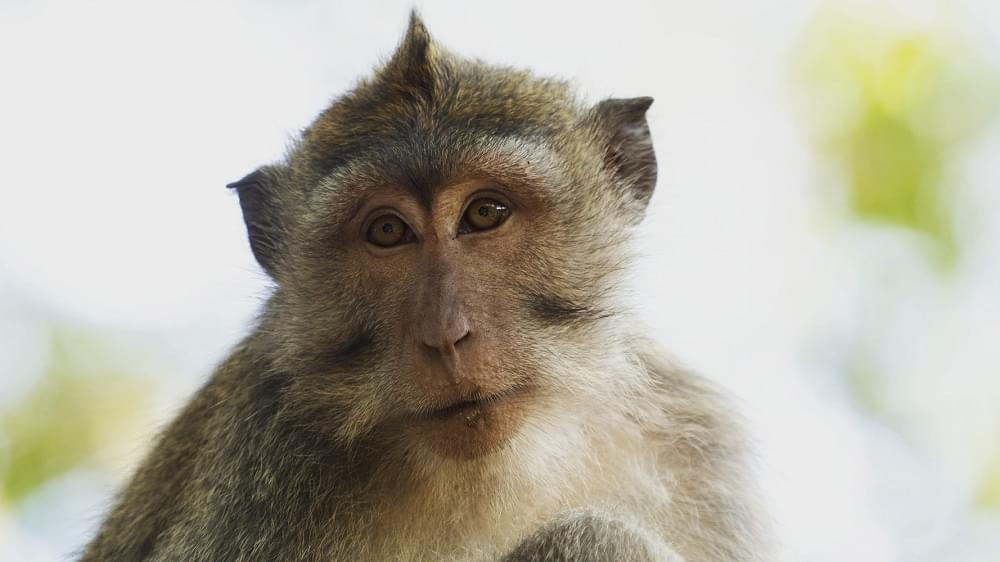The powdery material that NASA officials unveiled on Wednesday looked like asphalt or charcoal, but was easily worth more than its weight in diamonds. The fragments were from a world all their own—pieces of the asteroid Bennu, collected and returned to Earth for analysis by the OSIRIS-REx mission. The samples hold chemical clues to the formation of our solar system and the origin of life-supporting water on our planet.
The clay and minerals from the 4.5 billion-year-old rock had been preserved in space’s deep freeze since the dawn of the solar system. Last month, after a seven-year-long space mission, they parachuted to a desert in Utah, where they were whisked away by helicopter.
And now those pristine materials sit in an airtight vessel in a clean room at NASA’s Johnson Space Center, where researchers like University of Arizona planetary scientist Dante Lauretta are getting their first chance to study the sample up close.








